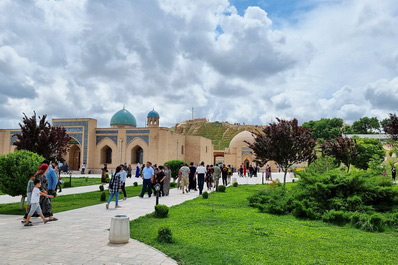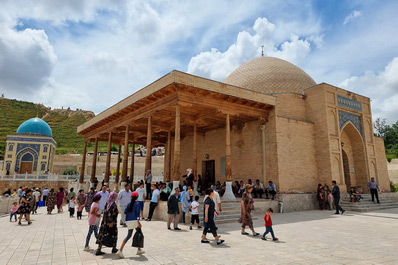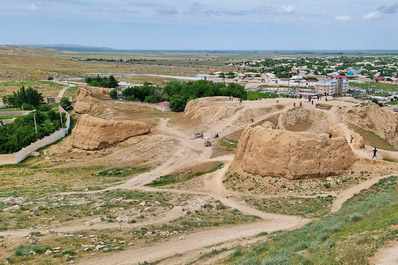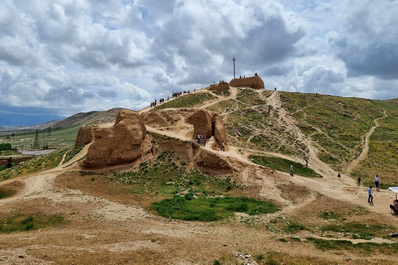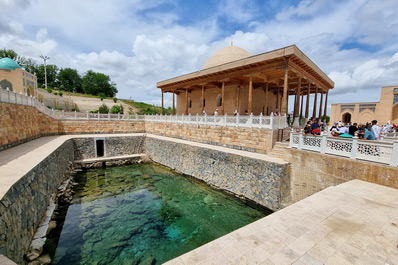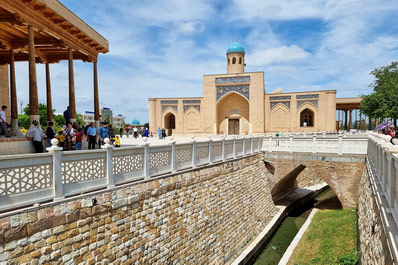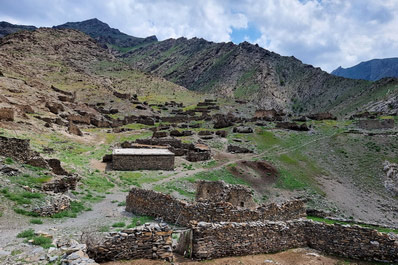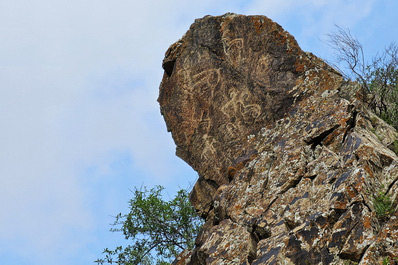Nurata, Uzbekistan
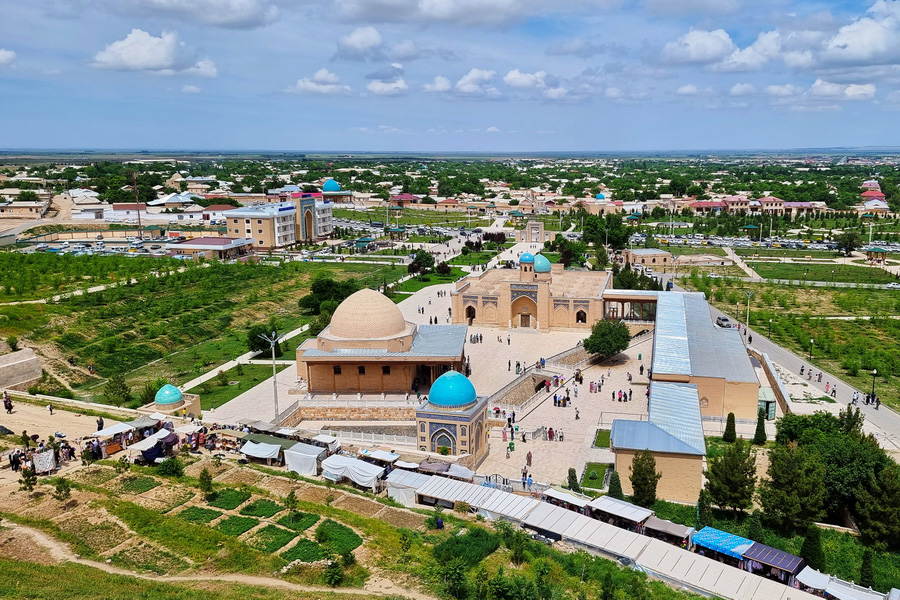
Former names: Nur
Altitude: 490 m above sea level
Popular languages Uzbek, Tajik
Time zone: UTC+5
Living nationalities: Uzbeks, Tajiks
International telephone code: +998 79
Postal code: 2107XX
Vehicle code: 85-89
Nurata (Nurota) is a quaint town located in the Navoi region of Uzbekistan. Some scholars believe Nurata originated with the fortress of Nur, allegedly commanded by Alexander the Great himself.
The name "Nurata" translates from Uzbek to mean "light of the father" ("nur" means ray or light, and "ata" means father). Historically, the town was known as Nur, a name linked to a legend that a meteorite once fell here, brightly illuminating the area.
How to Get to Nurata?
Nurata doesn't have its own airport or train station, so the most convenient way to get there is from Samarkand or Bukhara. Samarkand is accessible by regular flights from Tashkent, nine Russian cities including Moscow and St. Petersburg, as well as Istanbul, Izmir, Tel Aviv, El Kuwait, Dubai, Jeddah, Abu Dhabi, Islamabad, and even Verona. Trains from Tashkent to Samarkand are also available. Bukhara’s airport hosts flights from Tashkent, Moscow, St. Petersburg, Makhachkala, Yekaterinburg, and Istanbul. Train travel to Bukhara is possible from Tashkent, Khiva, Nukus, Dushanbe, Khujand, Volgograd, and Atyrau. Additionally, buses, route taxis, and private taxis are available to Nurata.
Is Nurata Safe?
Nurata is generally a safe town where you can freely walk around at any hour. However, it's always good practice to keep an eye on your belongings and not to leave them unattended, even during the day.
Brief History of Nurata
The origins of Nurata's name are debated. One theory links it to the fortress of Nur, purportedly built on Alexander the Great’s orders. Although conclusive evidence remains elusive, scholars agree that the fortress dates back to the 4th century BCE. Another theory suggests that the name comes from the Uzbek words for ray ("nur") and father ("ata"), inspired by the meteorite fall that lit up the area, earning it the nickname "Father of Light."
Historically, by the 11th century, Nurata was under Samanid control. In the 13th century, it was conquered by Genghis Khan’s forces. Four hundred years later, it became part of the Bukhara Khanate, succeeded by the Bukhara Emirate in 1756. In the mid-19th century, several uprisings were quelled in Nurata, which then became part of the Russian Empire.
In 1920, Bolsheviks took control of what was then a village. Nurata was granted city status in 1976.
Nurata Sights & Attractions
Nurata is home to the famous Chashma complex, also known as Nur-bulok. This site includes the Panjva well, a 16th-century mosque with the same name, a mausoleum, a bathhouse, and the newer Juma Mosque. The complex is centered around a spring whose water is believed to have healing properties, and the fish in these waters are considered sacred.
Nurata also boasts ancient qanats, underground clay channels used historically for both domestic and irrigation purposes.
For those interested in ancient ruins, the remains of the Nur fortress, built in the 4th century BCE, are a must-see.
The nearby Nuratau Mountains offer stunning views and clean mountain air, appealing to everyone from avid hikers to families with children.
Additionally, near the Kara-karga pass, visitors can discover ancient rock paintings, similar to those at Sarmyshsay, which also features numerous rock paintings as well as ancient graves and settlement ruins.
Best Time to Visit
The best time to visit Nurata is from mid-March to the end of October, when the weather is most favorable.


